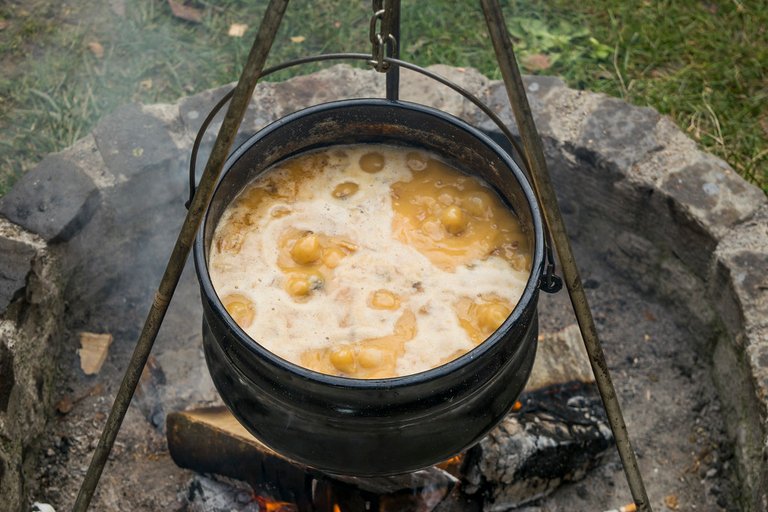Is Your Pot Safe For Your Health?
When it comes to food, not all metals are created equally. When it comes to food, we use certain metals to prepare our food, heat our food, eat our food, and fry them and the reason why we do not use all types of metals is because some are food-safe and others aren’t.
For a metal to be considered food-safe, it means it doesn’t react dangerously with food it interacts with such as corroding, releasing harmful substances, and doesn’t change the characteristics of the food which could be taste or smell. We have stable metals and we have reactive metals and this is where there is a difference between the food-safe and food-unsafe metals. For instance, when metals rust or if they corrode when used in the kitchen for stuff like cooking, then the metal is bad.
In the case where these metals are needed to prepare acidic foods like tomatoes and/or vinegar, they shouldn’t react with the metals or break down the metals. For us to cook the majority of our foods, we need to pass them through a certain degree of heat, and for a metal to be food-safe, it needs to be stable under heat, not releasing toxic fumes or breaking down.
You will see that stainless steel is used very well in our kitchen; this is because it checks these criteria and it is found everywhere from pots, pans, washing basins, and even food processing machines. Stainless steel is not just one metal, it is a combination of iron, chromium, and nickel which makes it an alloy.
But in all, the key player in this combination is chromium, and it's important as it plays a key role in preventing rust and corrosion. Maybe you have heard of stainless steel grades 304 and 316? These grades exist because not all stainless steel is created equally and 304, and 316 are the gold standard of stainless steel.
Aluminum is another metal that is very good when it comes to food. Aluminum is a more common metal for cooking because it is lightweight, and conducts electricity easily but because it is very reactive, cooking pan are anodized thereby adding protective layers to make the layer non-reactive (the non-stick surfaces of your cooking pots)
If you have visited restaurants were the chefs will prepare the food in your presence, then you might have seen them use Copper pots. This is because they cook at even temperature but do not think that they use pure copper in cooking because if they do, it would react with your food leading to copper toxicity causing stomach cramps, nausea, and vomiting, so these copper pots are lined with stainless steel or tin.
There are dangerous ones like lead and cadmium that should never get close to your food. For instance, lead can be dangerous to our health, causing neurological issues. Cadmium is also toxic and can build up in the kidneys over time. No doubt a lot of you want to use expensive or well-designed pots or plates, but ensure that it is food-grade certified so you do not buy what will harm you thinking you are purchasing quality or luxury.
Reference
https://www.sciencedirect.com/science/article/abs/pii/S0378429098001373
https://www.mirabake.com/food-safe-metals/
https://www.efsa.europa.eu/en/topics/topic/metals-contaminants-food
https://www.boonsfis.com/en/news/food-safe-food-grade-and-fda
https://www.marlinwire.com/blog/food-safe-metals-for-sheet-metal-wire-forms


Thanks for your contribution to the STEMsocial community. Feel free to join us on discord to get to know the rest of us!
Please consider delegating to the @stemsocial account (85% of the curation rewards are returned).
Thanks for including @stemsocial as a beneficiary of this post and your support for promoting science and education on Hive.